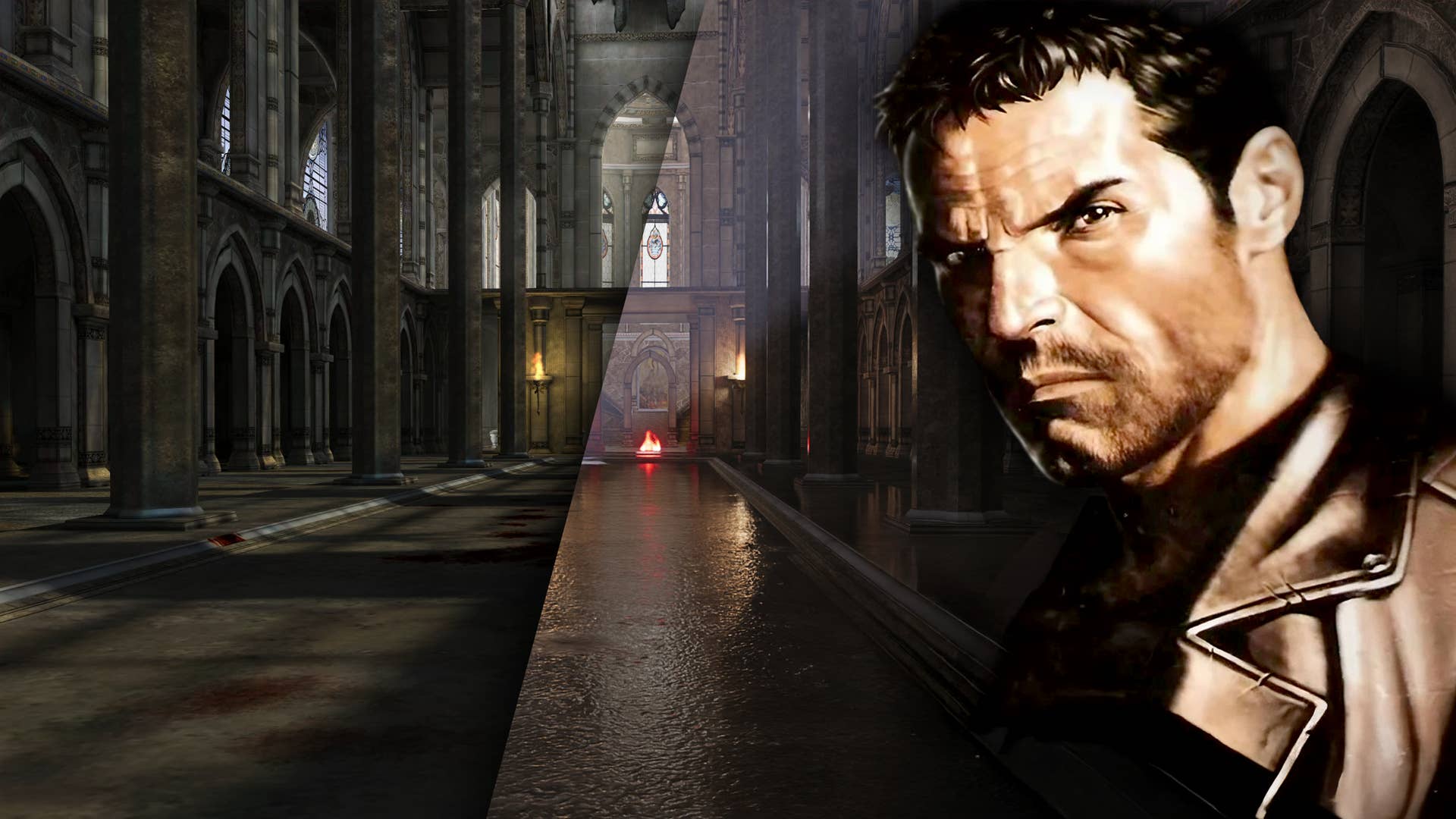Gironda Residence by Giovanni Mecozzi: The Renovation of Casa Guaccimanni in Ravenna
Gironda Residence | © Simone Bossi
Located just steps from Piazza del Popolo in Ravenna, the Renaissance-era Casa Guaccimanni holds centuries of architectural and historical weight. Constructed in the fifteenth century for the Venetian podestà Nicolò Giustinian, the building evolved through noble ownership and later became home to Vittorio and Alessandro Guaccimanni, sons of Risorgimento figure Luigi Guaccimanni. Architecturally, the structure is characterized by a tripartite plan with a central corridor flanked by large rooms, an interior courtyard with a double loggia, and decorative elements spanning Renaissance to Neoclassical periods. Once concealed beneath plaster, its frescoed veranda and exposed wooden ceilings speak to a layered history of intervention, concealment, and rediscovery.
Gironda Residence in Casa Guaccimanni Technical Information
Architects1-13: Giovanni Mecozzi Architetti
Location: Casa Guaccimanni, Via Armando Diaz, Ravenna, Italy
Client: Emanuela Docimo
Project Years: 2022 – 2024
Original Structure: 15th Century
Photographs: © Andrea Sestito, © Simone Bossi, © Omar Sartor
The new and the old never touch, but gently brush against each other, maintaining a distance capable of generating tension.
– Giovanni Mecozzi
Gironda Residence in Casa Guaccimanni Photographs
© Omar Sartor
© Andrea Sestito
© Andrea Sestito
© Andrea Sestito
© Omar Sartor
© Simone Bossi
© Simone Bossi
© Simone Bossi
© Omar Sartor
© Omar Sartor
© Omar Sartor
© Andrea Sestito
© Omar Sartor
Design Intent: Reversibility and Temporal Tension
The recent architectural project by Giovanni Mecozzi Architetti centers on the noble floor of the palazzo, reinterpreted as a contemporary residence named Gironda. Rather than imposing a new visual regime onto the historic shell, the intervention operates with restraint, foregrounding the building’s original character while establishing new spatial and material conditions.
At the core of the project lies a design philosophy rooted in reversibility. Mecozzi’s intervention resists permanence. The furnishings and spatial devices introduced into the historic rooms are self-supporting and detached from the structure. No new element makes physical contact with the floors, ceilings, or walls, preserving the integrity of the original surfaces. This strategy avoids irreversible alterations and allows the architecture to remain temporally flexible.
Architect Giovanni Mecozzi articulates this approach succinctly: “The new and the old never touch, but gently brush against each other, maintaining a distance capable of generating tension.” This spatial tension is not decorative but conceptual, prompting occupants to consider the relationship between historical continuity and contemporary transformation. The design does not attempt to erase time but rather exposes its layers through careful juxtaposition.
The project draws conceptual and chromatic inspiration from Ravenna’s early Christian and Byzantine mosaics. Rather than replicate ornamental motifs, Mecozzi extracts abstract qualities such as color, luminosity, and surface texture, integrating them as subtle spatial references throughout the residence.
Gironda Residence Material Strategy
Access to the residence is organized through a longitudinal hallway that bisects the plan, connecting a balcony on the north façade with a loggia overlooking the garden to the south. This corridor becomes a spine for circulation and orientation, punctuated by entries into five main rooms: the kitchen, veranda, and three independent suites.
Each suite functions as a self-contained spatial environment. The original large rooms have been reimagined with integrated volumes housing diverse domestic functions: bathrooms, saunas, walk-in closets, reading nooks, and home cinemas. These new programmatic layers are embedded within freestanding furniture structures, which operate more as inhabitable objects than architectural partitions.
Color becomes an operative tool for spatial differentiation. The three principal suites, the Gold Room, the Blue Room, and the Green Room, are introduced chromatically through thresholds that face the main corridor. This prelude of color sets the tone for each room’s unique interior experience. Within, glossy glass tiles, gilded surfaces, and a reduced palette of materials establish a scenographic yet restrained environment.
The flooring, a Venetian terrazzo installed during earlier restoration work in the 2000s, has been retained. Its beveled borders and rounded corners respond to the proportions of each room, reinforcing a visual continuity that binds the new interventions with the inherited context. In contrast to the historical envelope, the furniture and spatial devices employ a language of monochromatic forms and minimal detailing, occasionally verging on neoplastic abstraction. This tension between old ornament and new abstraction is one of the project’s defining features.
Furnishings curated by Atelier Biagetti, known for their theatrical and ironic sensibility, further enrich the atmosphere. These pieces do not mimic the historical setting but create moments of visual friction and playful ambiguity, enhancing the multi-temporal character of the interiors.
Architectural Significance and Cultural Dialogue
The Gironda residence exemplifies a growing discourse in contemporary architecture around adaptive reuse that neither mimics nor erases the past. Rather than treating heritage as a constraint or an aesthetic to be curated, Mecozzi engages it as an active agent in spatial transformation. The project is a case study in reversible architecture, where temporality is embedded in the design, not just its historical references.
This intervention prompts broader questions about the role of preservation in contemporary practice. Can architectural interventions occupy historic contexts without becoming parasitic or nostalgic? Mecozzi’s project suggests that they can adopt a posture of critical distance and conceptual clarity.
Gironda does not attempt to restore Casa Guaccimanni to a previous state or impose a singular vision of modernity. Instead, it crafts a dialogue between past and present, structured through spatial strategies, material choices, and chromatic cues. In doing so, it opens a new chapter in the building’s ongoing life, one that is fully contemporary yet deeply rooted in architectural memory.
Gironda Residence in Casa Guaccimanni Plans
Floor Plan | © Giovanni Mecozzi Architetti
Golden Room Layout | © Giovanni Mecozzi Architetti
Door Detail | © Giovanni Mecozzi Architetti
Gironda Residence in Casa Guaccimanni Image Gallery
About Giovanni Mecozzi
Giovanni Mecozzi is an Italian architect based in Ravenna, Italy, and the founder of Giovanni Mecozzi Architetti, a multidisciplinary studio specializing in architecture, interior design, and landscape projects. After graduating from the University of Ferrara with an architecture degree, Mecozzi gained international experience working in Spain, including collaborating with Mendaro Arquitectos in Madrid. Upon returning to Italy, he co-founded GMA, focusing on projects emphasizing the relationship between architecture, the client, and the context, with a particular interest in renovating and transforming historical buildings.
Credits and Additional Notes
Design Team: Giovanni Mecozzi, Cecilia Verdini, Filippo Minghetti
Construction: EdilcostruzioniElectrical Systems: Elektra ServiceMechanical and Hydraulic Systems: Nuova OLP
Structural Alterations: Not applicableCustom Furniture: Idea LegnoCurtains and Fabrics: Selezione Arredamenti, Ravenna
Lighting: ViabizzunoResin Coatings and Flooring: Kerakoll
Rugs and Carpeting: Centro Moquette, Rimini
Bathroom Furnishings: Salaroli, Ravenna
Furniture, Artwork, and Design Objects Selected by: Atelier BiagettiFurniture Designers: Alberto Biagetti and Laura Baldassarri
#gironda #residence #giovanni #mecozzi #renovationGironda Residence by Giovanni Mecozzi: The Renovation of Casa Guaccimanni in Ravenna
Gironda Residence | © Simone Bossi
Located just steps from Piazza del Popolo in Ravenna, the Renaissance-era Casa Guaccimanni holds centuries of architectural and historical weight. Constructed in the fifteenth century for the Venetian podestà Nicolò Giustinian, the building evolved through noble ownership and later became home to Vittorio and Alessandro Guaccimanni, sons of Risorgimento figure Luigi Guaccimanni. Architecturally, the structure is characterized by a tripartite plan with a central corridor flanked by large rooms, an interior courtyard with a double loggia, and decorative elements spanning Renaissance to Neoclassical periods. Once concealed beneath plaster, its frescoed veranda and exposed wooden ceilings speak to a layered history of intervention, concealment, and rediscovery.
Gironda Residence in Casa Guaccimanni Technical Information
Architects1-13: Giovanni Mecozzi Architetti
Location: Casa Guaccimanni, Via Armando Diaz, Ravenna, Italy
Client: Emanuela Docimo
Project Years: 2022 – 2024
Original Structure: 15th Century
Photographs: © Andrea Sestito, © Simone Bossi, © Omar Sartor
The new and the old never touch, but gently brush against each other, maintaining a distance capable of generating tension.
– Giovanni Mecozzi
Gironda Residence in Casa Guaccimanni Photographs
© Omar Sartor
© Andrea Sestito
© Andrea Sestito
© Andrea Sestito
© Omar Sartor
© Simone Bossi
© Simone Bossi
© Simone Bossi
© Omar Sartor
© Omar Sartor
© Omar Sartor
© Andrea Sestito
© Omar Sartor
Design Intent: Reversibility and Temporal Tension
The recent architectural project by Giovanni Mecozzi Architetti centers on the noble floor of the palazzo, reinterpreted as a contemporary residence named Gironda. Rather than imposing a new visual regime onto the historic shell, the intervention operates with restraint, foregrounding the building’s original character while establishing new spatial and material conditions.
At the core of the project lies a design philosophy rooted in reversibility. Mecozzi’s intervention resists permanence. The furnishings and spatial devices introduced into the historic rooms are self-supporting and detached from the structure. No new element makes physical contact with the floors, ceilings, or walls, preserving the integrity of the original surfaces. This strategy avoids irreversible alterations and allows the architecture to remain temporally flexible.
Architect Giovanni Mecozzi articulates this approach succinctly: “The new and the old never touch, but gently brush against each other, maintaining a distance capable of generating tension.” This spatial tension is not decorative but conceptual, prompting occupants to consider the relationship between historical continuity and contemporary transformation. The design does not attempt to erase time but rather exposes its layers through careful juxtaposition.
The project draws conceptual and chromatic inspiration from Ravenna’s early Christian and Byzantine mosaics. Rather than replicate ornamental motifs, Mecozzi extracts abstract qualities such as color, luminosity, and surface texture, integrating them as subtle spatial references throughout the residence.
Gironda Residence Material Strategy
Access to the residence is organized through a longitudinal hallway that bisects the plan, connecting a balcony on the north façade with a loggia overlooking the garden to the south. This corridor becomes a spine for circulation and orientation, punctuated by entries into five main rooms: the kitchen, veranda, and three independent suites.
Each suite functions as a self-contained spatial environment. The original large rooms have been reimagined with integrated volumes housing diverse domestic functions: bathrooms, saunas, walk-in closets, reading nooks, and home cinemas. These new programmatic layers are embedded within freestanding furniture structures, which operate more as inhabitable objects than architectural partitions.
Color becomes an operative tool for spatial differentiation. The three principal suites, the Gold Room, the Blue Room, and the Green Room, are introduced chromatically through thresholds that face the main corridor. This prelude of color sets the tone for each room’s unique interior experience. Within, glossy glass tiles, gilded surfaces, and a reduced palette of materials establish a scenographic yet restrained environment.
The flooring, a Venetian terrazzo installed during earlier restoration work in the 2000s, has been retained. Its beveled borders and rounded corners respond to the proportions of each room, reinforcing a visual continuity that binds the new interventions with the inherited context. In contrast to the historical envelope, the furniture and spatial devices employ a language of monochromatic forms and minimal detailing, occasionally verging on neoplastic abstraction. This tension between old ornament and new abstraction is one of the project’s defining features.
Furnishings curated by Atelier Biagetti, known for their theatrical and ironic sensibility, further enrich the atmosphere. These pieces do not mimic the historical setting but create moments of visual friction and playful ambiguity, enhancing the multi-temporal character of the interiors.
Architectural Significance and Cultural Dialogue
The Gironda residence exemplifies a growing discourse in contemporary architecture around adaptive reuse that neither mimics nor erases the past. Rather than treating heritage as a constraint or an aesthetic to be curated, Mecozzi engages it as an active agent in spatial transformation. The project is a case study in reversible architecture, where temporality is embedded in the design, not just its historical references.
This intervention prompts broader questions about the role of preservation in contemporary practice. Can architectural interventions occupy historic contexts without becoming parasitic or nostalgic? Mecozzi’s project suggests that they can adopt a posture of critical distance and conceptual clarity.
Gironda does not attempt to restore Casa Guaccimanni to a previous state or impose a singular vision of modernity. Instead, it crafts a dialogue between past and present, structured through spatial strategies, material choices, and chromatic cues. In doing so, it opens a new chapter in the building’s ongoing life, one that is fully contemporary yet deeply rooted in architectural memory.
Gironda Residence in Casa Guaccimanni Plans
Floor Plan | © Giovanni Mecozzi Architetti
Golden Room Layout | © Giovanni Mecozzi Architetti
Door Detail | © Giovanni Mecozzi Architetti
Gironda Residence in Casa Guaccimanni Image Gallery
About Giovanni Mecozzi
Giovanni Mecozzi is an Italian architect based in Ravenna, Italy, and the founder of Giovanni Mecozzi Architetti, a multidisciplinary studio specializing in architecture, interior design, and landscape projects. After graduating from the University of Ferrara with an architecture degree, Mecozzi gained international experience working in Spain, including collaborating with Mendaro Arquitectos in Madrid. Upon returning to Italy, he co-founded GMA, focusing on projects emphasizing the relationship between architecture, the client, and the context, with a particular interest in renovating and transforming historical buildings.
Credits and Additional Notes
Design Team: Giovanni Mecozzi, Cecilia Verdini, Filippo Minghetti
Construction: EdilcostruzioniElectrical Systems: Elektra ServiceMechanical and Hydraulic Systems: Nuova OLP
Structural Alterations: Not applicableCustom Furniture: Idea LegnoCurtains and Fabrics: Selezione Arredamenti, Ravenna
Lighting: ViabizzunoResin Coatings and Flooring: Kerakoll
Rugs and Carpeting: Centro Moquette, Rimini
Bathroom Furnishings: Salaroli, Ravenna
Furniture, Artwork, and Design Objects Selected by: Atelier BiagettiFurniture Designers: Alberto Biagetti and Laura Baldassarri
#gironda #residence #giovanni #mecozzi #renovation

















